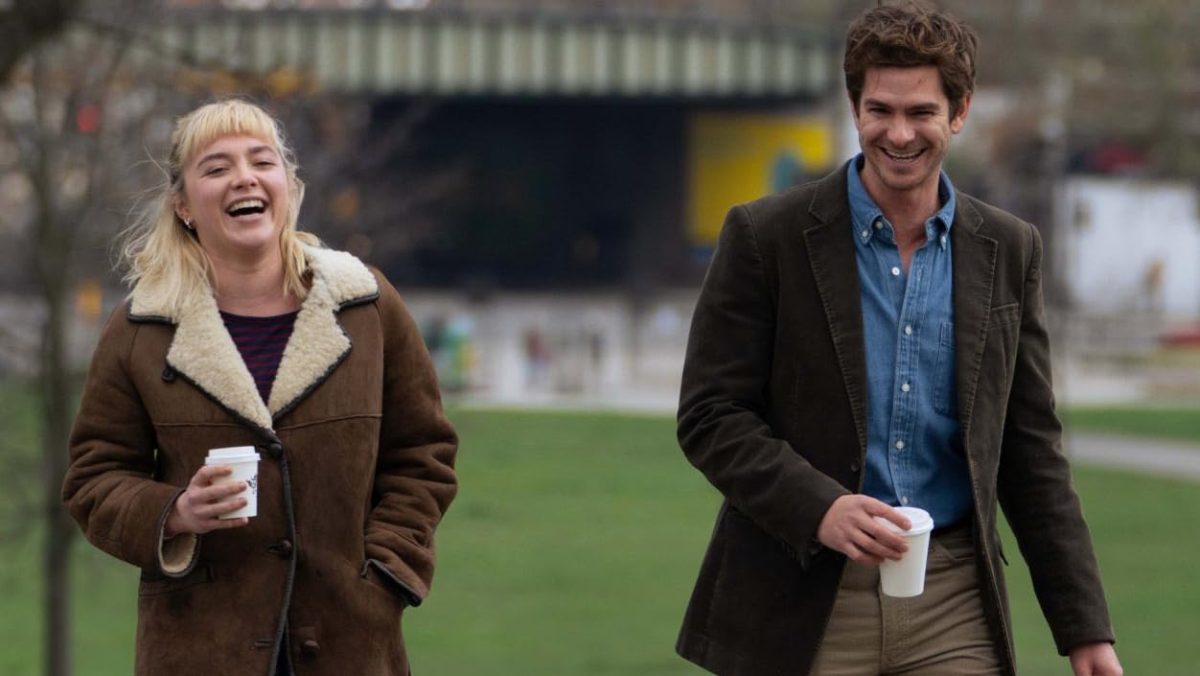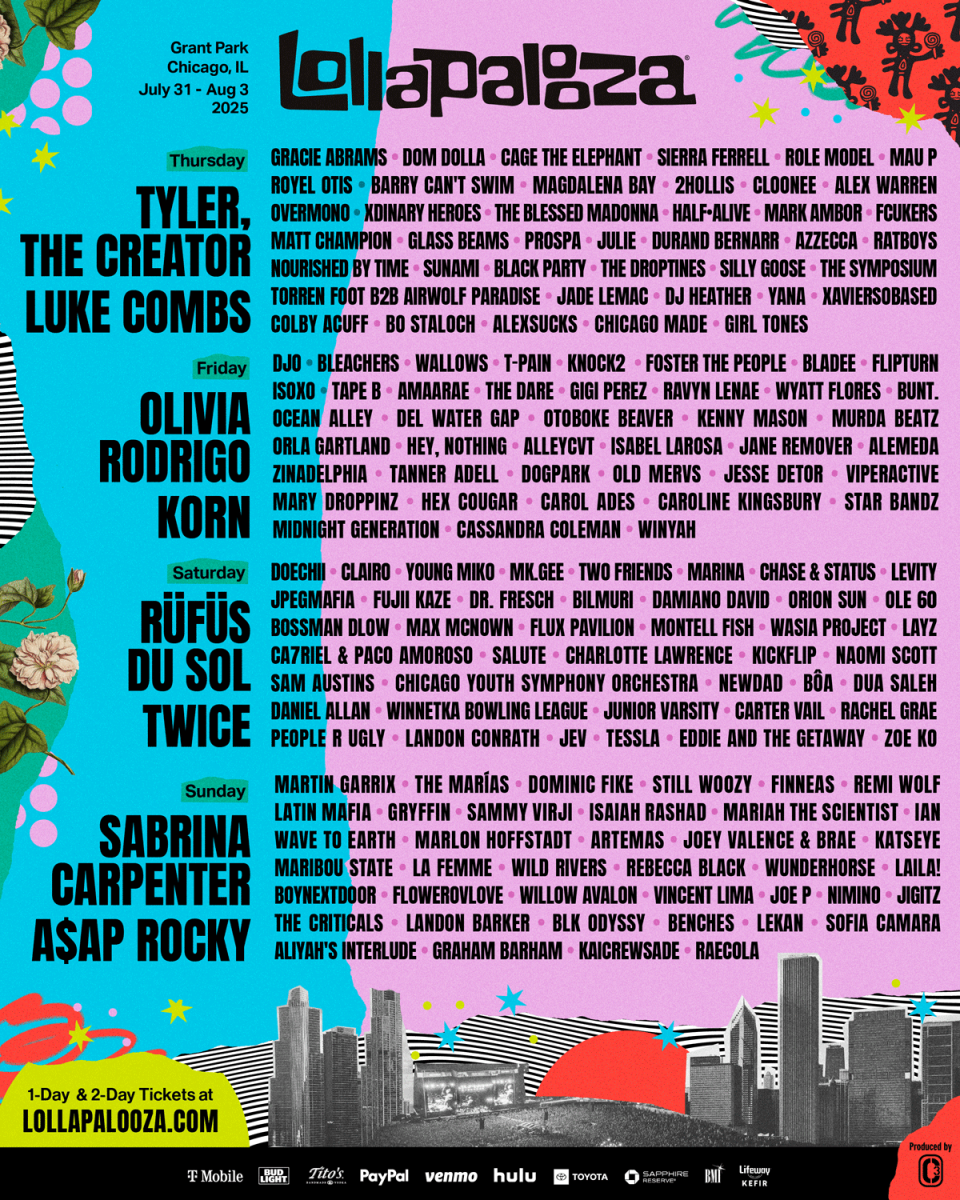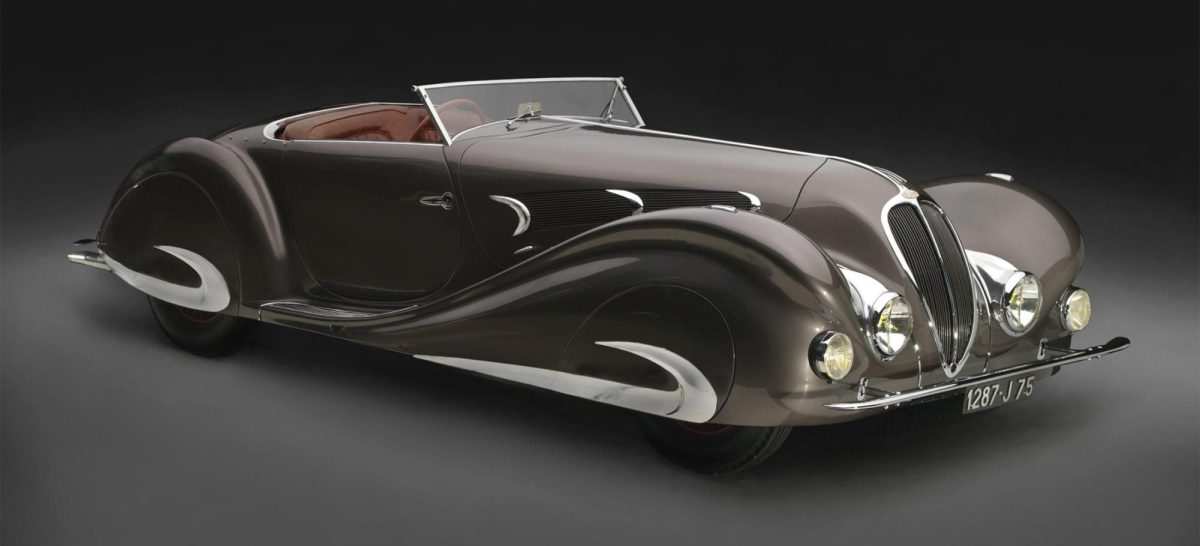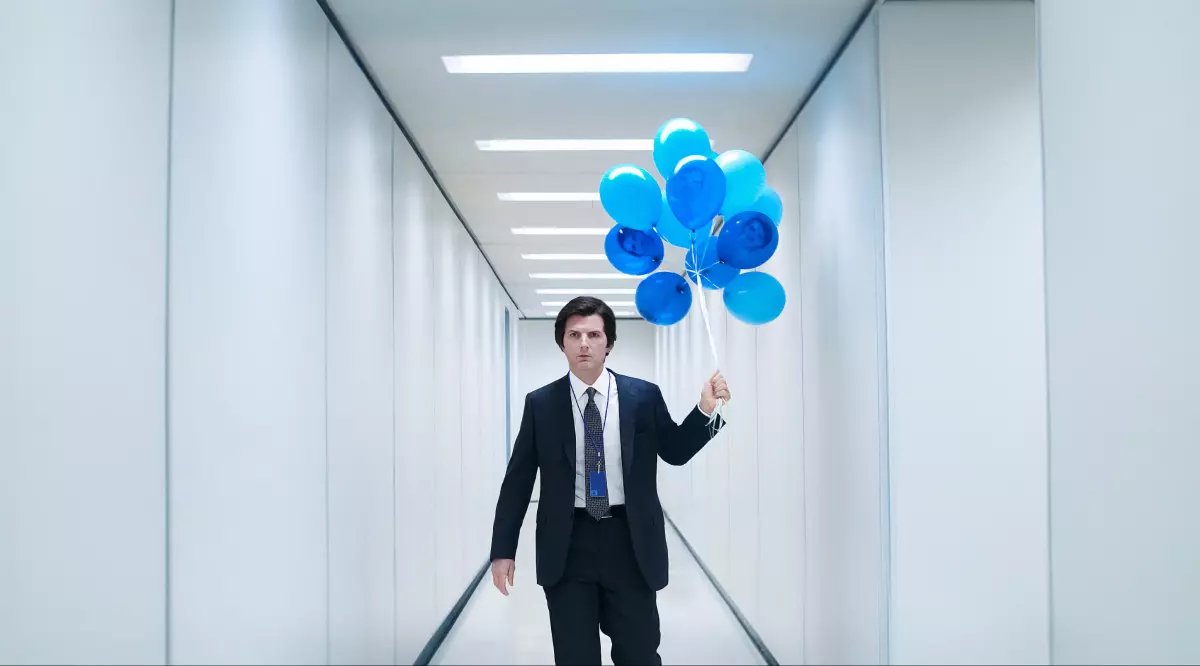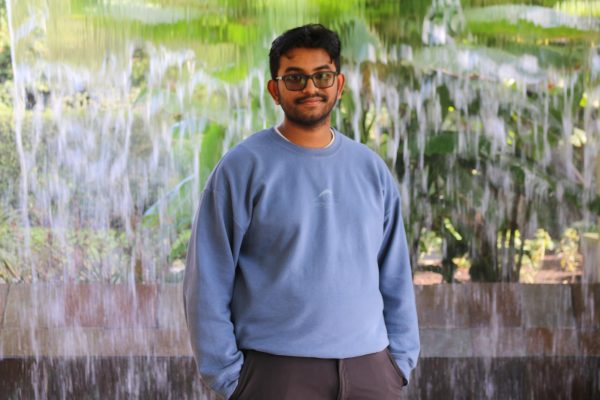“We Live in Time” is a film destined to succeed, helmed by two pedigreed actors with unbeatable chemistry. Led by an award-winning director and theater-bred writer. Scored by the same composer for the crushing films “C’mon C’mon” and “Sing Sing.” It is a recipe headed for box-office success. With all these tools, director John Crowley decided to add another element: a non-linear timeline. Such a change proved to be the chaotic element that helped turn an already amazing film into a truly beautiful piece of art.
“We Live in Time” follows the story of Weetabix employee Tobias Durand (Andrew Garfield) who meets aspiring chef Almut Bruhl (Florence Pugh) when she runs him over with her car. Following their rather aggressive meet-cute, the couple begins to date, and the audience follows their journey as they deal with life and everything it throws at them like cancer, an international cooking competition and even childbirth.
The entire film is told out of order, with moments from their relationships past, present and future interspersed with one another. Audiences paying close attention will find themselves the most enriched, as there is a lack of expository dialogue in the film. This allows the script to stay faster-paced and keep the audience in the moment.
Because of this, the film prefers to use sequences with little to no dialogue to show important events. We witness Tobias and Almut go through their pregnancy with very little talking, just watching the couple as they are with each other, somewhat like watching your own friends fall in love.
A fair criticism of this film is that the shifts in time are not always perfect. Since there are fewer visual cues available in the characters, it requires a lot more focus to differentiate these moments in time. Thankfully, these slip-ups are infrequent, so they rarely take the viewer out of the movie, maintaining the suspended disbelief.
Garfield and Pugh truly knock it out of the park in this film with their chemistry. From the first moment they’re together on-screen their relationship is crystal clear. This is somewhat essential in a film like this which jumps around a lot, so their connection needs to be clear or it would lead to a lot of expository scenes that only take the view out of the moment. Beyond the duo’s chemistry, both Garfield and Pugh use a lot of nonverbal cues to show their characters’ dimensions, especially in their disagreements.
A big point of contention in this film is that the duo have different thoughts on pursuing a dangerous treatment plan for Almut’s cancer. Tobias, a very logical, practical, shy nerd wants her to take the treatment, even if there is a chance she won’t survive. Almut, on the other hand, the fiery, passionate, grab-life-by-the-horns chef wants nothing to do with this treatment and wants to take part in a famous cooking competition with nothing in her way.
We get a closer look at the duo’s characteristics and personal motivations when they are dealing with this main issue. They’re given key moments to shine in these strong, well-acted monologues that cover a range of positive and negative emotions. In the end, their attempts at resolution and open communication make the pair a more realistic couple, providing a refreshing take on the romantic film genre.
A crucial point of this movie is that it is “realistic.” It is not like most other romance movies, where there is this instant connection or very little conflict. The conversations are full of passion, the fights are extremely raw and the non-verbal reactions are never dull. Pugh and Garfield truly feel like a real-life couple, going through these difficult moments together and showing how they can come out stronger. Love is complicated, changing over time, a message this film signifies beautifully.




